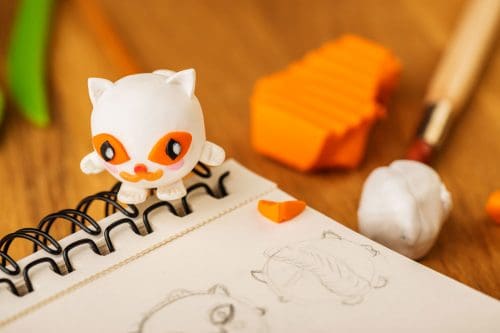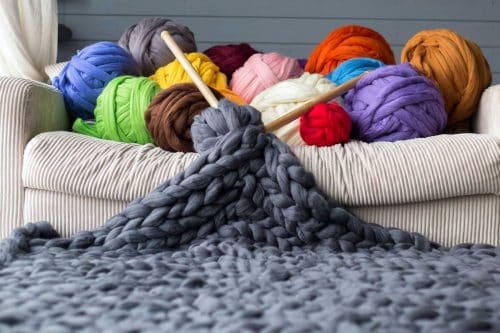Maybe you've started a great polymer clay piece, but you don't have time to bake it right now. Or perhaps you've been putting off a complicated project for a while, knowing that you'd have to complete it in stages. Still, before you start, you have to know: just how long can polymer clay sit before baking? We've checked with the experts for the answer!
There's really no limit to how long polymer clay can sit before baking - it can wait for months if you need to! Just remember that there's a right and a wrong way to store it. If you want to hold off on baking your polymer clay creation, be sure to take a few simple precautions. These include keeping in a cool, dry place and covering it for protection.
We'll cover exactly how [and why] it's safe to let polymer clay sit. We'll explain how to ensure that you get great results, no matter how long you wait to bake it. Plus, we've got some pointers on how to bake successfully. Then we'll give you some tips on how to store leftover raw clay and just how long that lasts, too.

How Long Can Polymer Clay Sit Before Baking?
If you need to walk away from your project, no worries. It's perfectly fine to let polymer clay sit for a while before baking. Just remember - the longer you let it sit, the more chance something might go wrong before it's cured.
Unlike air dry clay, Polymer clay is designed to be baked in the oven. But it does start to stiffen up when it's left to sit long enough. While you can smash the entire piece down and rework it, it can be challenging to make minor tweaks. It can even cure improperly on its own if exposed to sunlight or heat.
So don't leave it out in the open, expecting to make last-minute changes. The result might be less than desirable. And if the material has been exposed to sunlight, it may not cure as well in the oven.
Remember that leaving it out uncured can lead to smushes, thumbprints, stray pet hairs, etc. For this reason, it's typically best to bake the clay as soon as possible. However, there's no direct harm in waiting when it's absolutely necessary. If your finished product is all set and ready to go, you can wait to pop it in the oven, as long as it's stored correctly in the meantime.
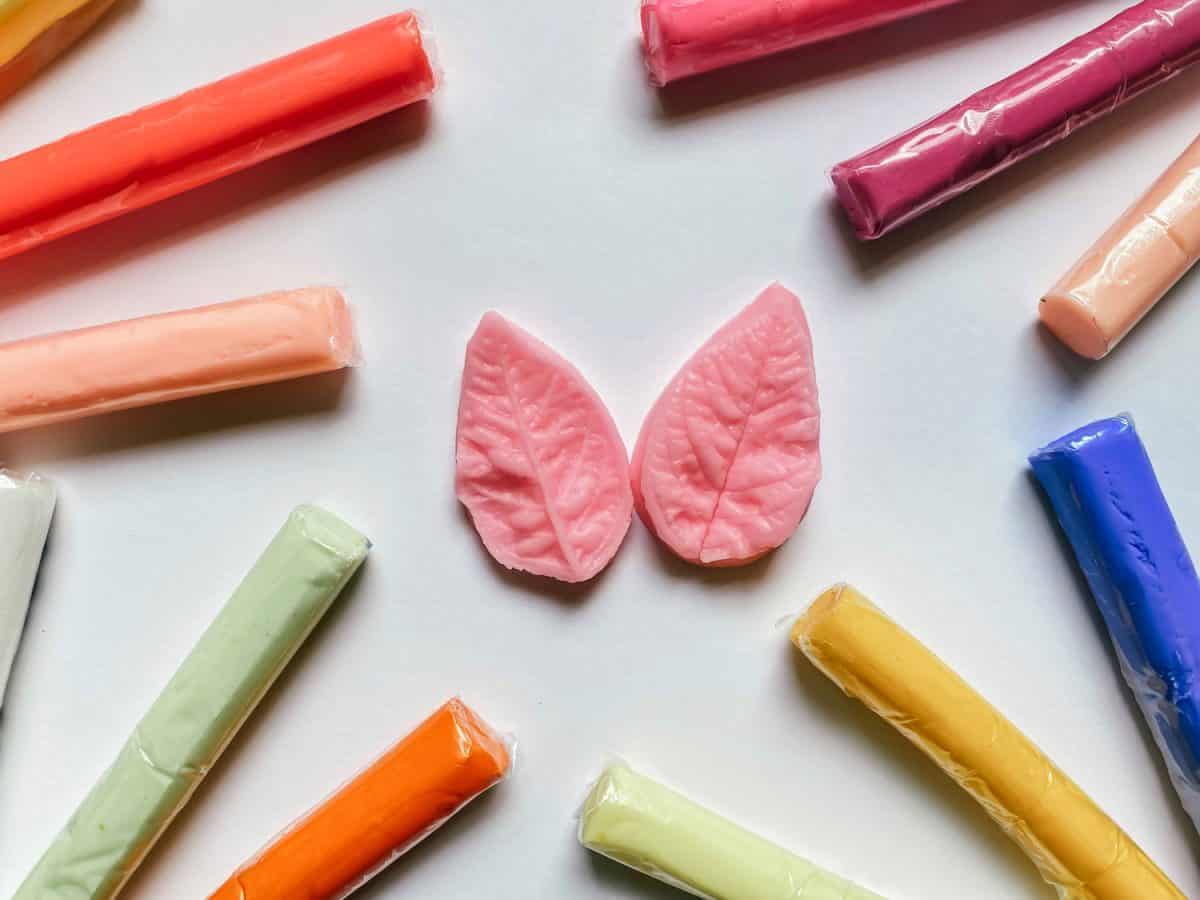
How Do You Bake Polymer Clay?
Always follow the directions on your package of clay. Pre-set the oven to the correct temperature, as directed. Use an oven thermometer to read through the oven door to ensure accurate oven temperature. Do not start baking until the oven is properly heated.
Bake on a glass or metal surface, like a cookie sheet. It's recommended that anything you use for clay - such as a cookie sheet - should not be used to prepare food in the future. If you want to keep your cookie sheet food-ready, line the tray with aluminum foil or parchment paper first.
Some people prefer to use a ceramic tile rather than a metal sheet. Metal can heat unevenly, potentially leading to scorch marks. Parchment paper can also help prevent scorch marks.
Other ways to prevent scorching include baking as far away from the heating elements as possible. Place the tray in the middle of the oven instead. Finally, use a cardboard "tent" to cover and protect your polymer clay.
Don't have an oven? Try something else, for example: "Can You Bake Polymer Clay In An Air Fryer?
Will Polymer Clay Harden Without Baking?
Polymer clay will not correctly harden without baking. Air-dry clays can cure simply by sitting out - but polymer clay is not one of them.
But eventually, with enough time, the top layer of the clay will lose some of its elasticity. This makes it less malleable. You can work the clay with your hands, starting over. But if you have a half-complete project that you haven't stored properly, it can be ruined this way. If you expect to continue working on your piece, put it away correctly between sessions.
And if you have a finished product that you want to keep intact, don't depend on air drying. Instead, follow the directions to cure your polymer art in the oven. This is the only way to ensure the strength and integrity of your work.
How Do You Store Polymer Clay Before Baking?
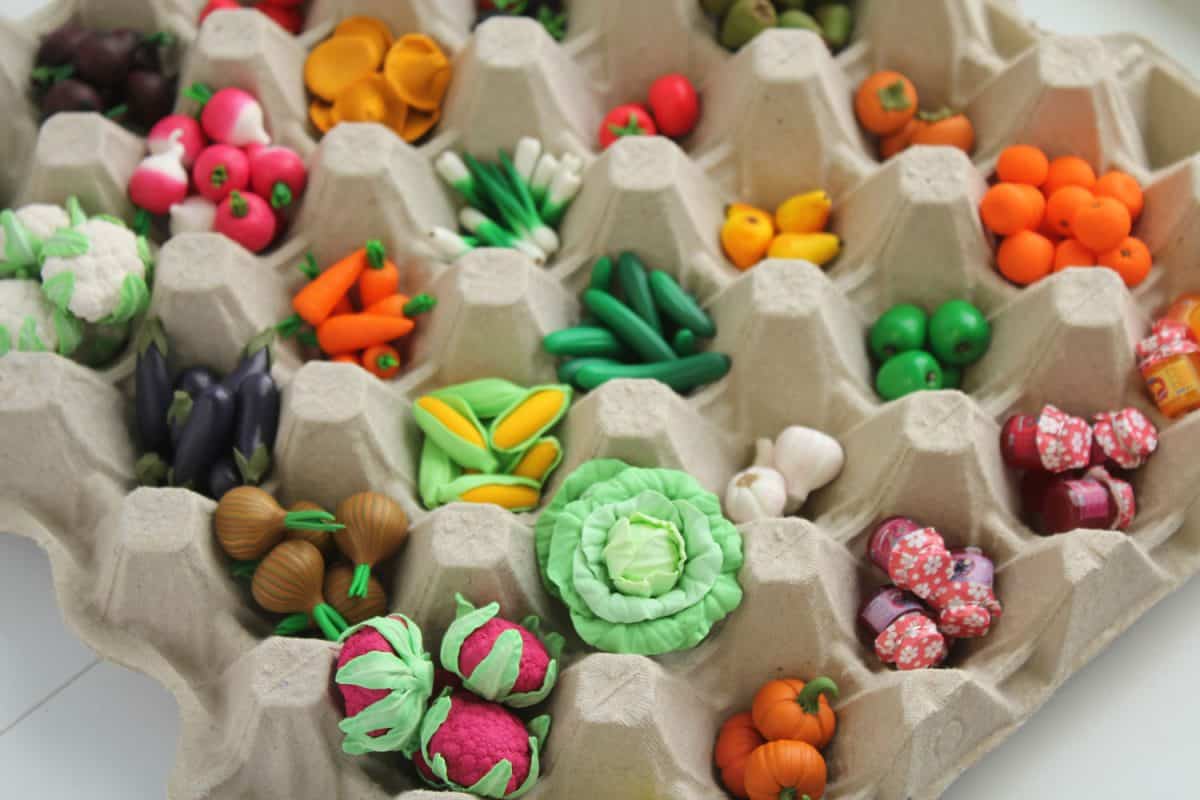
If you can't bake your clay piece right away, store it in a dark, cool place. Ideally, you want to prevent it from drying out too much before baking. While air drying isn't sufficient to keep your art, even a little bit of sunlight or too much heat can prematurely act like an oven. If it starts curing on its own, the final results may be less than successful.
Be sure to cover or gently wrap it to prevent dust, pet dander, and the like from sticking to the surface. Take care when covering - some plastics can react with the clay negatively. Also, make sure uncured and cured clay remains separated. Many people use wax paper or glass containers.
How Do You Store Raw Clay?
Unopened raw clay is fine, but always avoid storing it in hot places. Once opened, always keep raw and cured clay separate - chemicals in the uncured clay can leech back into the cured clay. This "undoes" the effect of curing, weakening your cured piece.
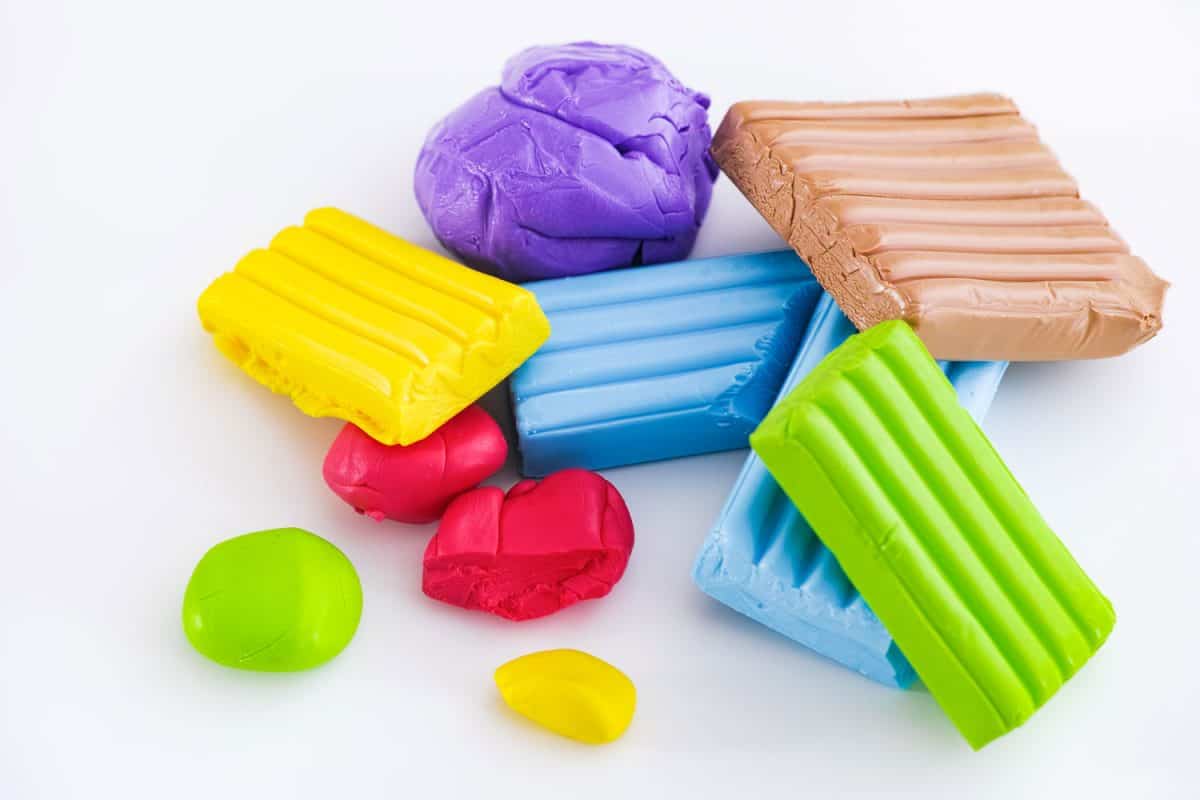
One suggestion is to keep raw clay in the fridge or another cool place. While it's okay at room temperature, it lasts longer when kept cool. Again, be cautious of using any plastic containers. The plastic and the clay sometimes react to each other unfavorably.
When in doubt, test a small sample overnight to see how the container reacts with the clay. If the clay melts and sticks to the plastic or seems to be melting, don't use it!
Keep open clay covered to keep dust and debris out. Don't ever let the clay sit on an unprotected surface. It can damage tables, counters, and the like. Many people use a ceramic tile to rest their clay on, even while working.
Get more storage tips in our post, "How To Store Polymer Clay And Keep It Fresh."
How Long Can You Keep Polymer Clay?
Polymer clay can, potentially, keep for years. The fastest way to ruin perfectly good clay is by exposure to heat or sunlight. The clay might start to cure on its own due to either of these causes. If that happens, it will ruin the clay for future use.
If you're storing clay in a cool, dark place for a long time, many people use a fridge or a freezer. However, be careful that the clay stays separated from food. You can store it in a sealed metal or glass container to make sure it stays out of your food.
If it's still in the wrapper, unopened, then you can store polymer clay just as it is. You can leave it in the package for an extended period of time (possibly years), even at room temperature. Still, storing in a cool, dark place is always ideal.
If the clay has been open, it's still possible to keep it safe and stored. Just keep some kind of a cover on it. This can help keep dust or lint away and prevent ruining it.
Is Polymer Clay Waterproof Before Baking?
Both unbaked and baked polymer clay are oil-based. This means that they come with a certain degree of waterproof protection. It's perfectly safe for polymer clay to get wet.
Still, don't soak it in water. It's a good idea not to leave it sitting in water for a long time. Too much water can make your piece brittle, though a little incidental water exposure is acceptable.
Once baked, you can always seal your creation with glaze, which will offer better waterproofing. You can read more about it here, "Can Polymer Clay Get Wet? Is It Waterproof After Baking?"

In Conclusion

You don't need to bake polymer clay immediately. As long as you're careful, you can keep a finished product for months before you bake it! Just remember that the longer you wait, the more chance that something might happen to your creation in the meantime.
While you're waiting to bake, keep it in a cool, dry place to prevent premature curing by sunlight or heat. Also, keep it covered to avoid dust, stray hairs, lint, or other debris from sticking to [and ruining] your hard work.

![Read more about the article Is Tacky Glue Washable? [How To Remove It From Clothes]](https://craftsbliss.com/wp-content/uploads/2023/02/Leaking-glue-closeup-on-a-white-background.-500x333.jpg)
